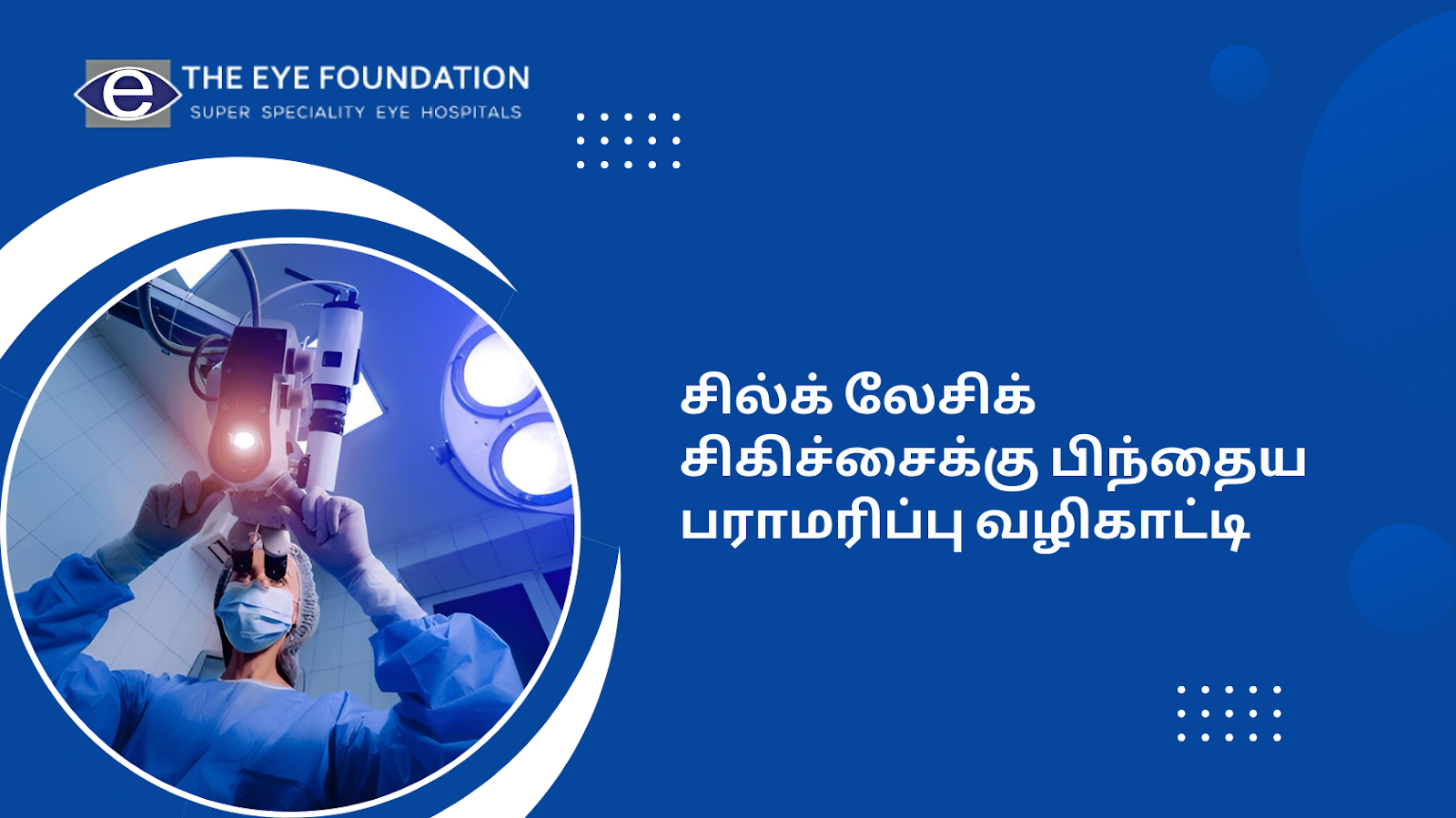Differences in the size, shape or position of the eyes or eyelids are a common problem that can cause aesthetic and psychological problems. It is normal for people to be different to some extent, but when such differences are too extreme, people look for a solution. Of these, oculoplasty has been found to offer a solution to such imbalances and give a balanced look. This blog post discusses asymmetrical eyes, how oculoplasty can assist, the procedure, and what one needs to know before going through with it.
What Are Asymmetrical Eyes?
The causes of asymmetrical eyes are many and varied, and can include genetics, trauma, the aging process or medical conditions affecting the structures of the eyelids. Some people may not even realize the disparity between their upper and lower body, and it may not bother them at all, while others may have a very skewed perception of their body image. Understanding this, more people are now seeking procedures such as oculoplasty to correct the situation of asymmetrical eyes safely and efficiently.
How Does Oculoplasty Functional Improvements Work for Asymmetrical Eyes?
Oculoplastic surgery is a subspecialty of ophthalmology that deals with surgery of the eyelids, tear drainage system, eye sockets, and other facial areas. As for these areas, oculoplasty can contribute to the correction of asymmetry of the eyes’ shape. For instance, it may require the movement of eyelid tissue, adjustment of the muscles, or excision of skin in order to achieve better ocular realignment.
Benefits and Considerations of Oculoplasty
Undergoing oculoplasty for asymmetrical eyes offers several benefits:
- Improved Appearance: It is useful for those who feel uncomfortable with their asymmetrical face and oculoplasty can provide a much more aesthetically pleasing face shape.
- Functional Improvements: Oculoplasty can also correct asymmetry where it interferes with vision or eyelid function in addition to cosmetic correction.
- Boosted Confidence: Facial symmetry can therefore be beneficial in that it can cause an increase in self-esteem, and thus make the person feel more at ease.
When Should You Consult a Specialist?
Although, having asymmetrical eyes is quite normal for some people, large disparities may require the help of an ophthalmologist if they affect vision or cause pain. Signs that it’s time to consult a specialist include:
- Sagging or deviation of the lower facial structure
- Soreness or blurriness of vision in the affected area
- Desire to improve facial beauty
Taking the First Step: Book an Appointment
Oculoplasty is a potential solution to the problem of the asymmetrical eyes, where the correction may be required for esthetic or medical purpose. If you are thinking about this, there is nothing better than professional consultation. Contact The Eye Foundation now for an appointment to discuss how oculoplasty may be used to bring symmetry to your face.






